What positive impact can we make as consumers in 2019?

17
Jan
We recently asked the question: ‘What positive impact can we make as consumers in 2019?’ over on Instagram. It was so wonderful to hear such positive intentions and different takes on what sustainability means + your intentions for what your consumerism will look like in 2019.
As promised today’s post is going to map out the impact our brand will be aiming to make as a producer within the fashion industry in 2019 + also my own personal impact intentions as a consumer.
The impact of over-production in the fashion industry
It’s important to remember that every one of us has a role (or multiple) roles to play within the fashion industry and capitalist society in general. As we have explored before the fashion industry has one of the worst reputations for environmental impact + working conditions and for good reason. The numbers are shocking as a recent article in The Guardian highlighted:
“In 2015, greenhouse gas emissions from textiles production globally totalled 1.2 billion tonnes of CO2 equivalent, according to a report by the industry-led Circular Fibres Initiative. This is more than the emissions of all international flights and maritime shipping combined.”
From the production of the textiles to the production of the clothing:
“15% of fabrics intended as clothing end their life on the cutting room floor” (Lilian Lu, Fashion Revolution Zine: Fashion Environment Change)
To the over-consumption driving the need for ‘52 micro-seasons’ a year – yep that’s one fashion season a week according to the high street. The fast fashion industry is designed to get as much of your hard-earned cash out of your wallet and into their registers stretched out over as many purchases as possible.
Our role as consumers
Do you have items in your wardrobe that still bear their tags? Pieces you’ve bought in a rush or because you couldn’t wear that dress to two weddings that summer? Pieces that didn’t really fit to begin with so you know you’re not really going to wear again?
I don’t know about you but I’ve certainly been guilty of this – in fact shopping used to be one of my favourite past times.
And with stats like this really I do know about you:
This is really important because staggering demand like this fuels massive growth in garment production – and results, in true capitalist style, the cheapest possible production costs. With overseas production at an all time high factories with poor or little working standards, pitiful wages + lack of regulation are where the majority of Brits’ bulging, often unworn wardrobes originate.
And I’m afraid the problems don’t stop there. With over-production comes more waste known as ‘deadstock’:
“H&M is sitting on a pile of unsold clothes worth $4.3 billion. In a quarterly report released last Tuesday, the company revealed that its profits are the lowest they’ve been in 16 years. The 62% decline in sales means that the company has been unable to move stock, even after marking it down at clearance sales, leaving them with billions of dollars worth of deadstock (unsold stock).” – wellmadeclothes.com
What happens to this stock? Well firstly it goes on sale – hi there Black Friday – to make sure it gets the absolute best chance of heading to your wardrobe where it becomes your problem.
If you’re still not tempted sometimes it gets burnt – most famously recently reported to be the case at Burberry – much of it heads to landfill or is shipped to developing countries simply passing the problem on.
A little bit gets recycled ‘less than 1% of the material used to produce clothing globally is recycled into new clothing, with 12% recycled into other products such as insulation or mattress stuffing.’ and some of it ends up in charity shops which is becoming over-saturated with fast fashion cast-offs and costing these charities millions.
So far so depressing…
But there is hope!
Over the past couple of years there has been a growing backlash against the fast fashion industry with consumers questioning ‘Who made my clothes?’ and deciding to be more thoughtful about where their clothing comes from, what they want to buy with many shunning the high street completely.
As I mentioned at the beginning it has been so inspiring to hear so many of our followers + customers telling us how they are turning their backs on fast fashion this year and getting creative with their wardrobes again.
And it’s not just on our grid, our social feeds are full of individuals saying no to fast fashion, influencers encouraging their followers to shop sustainably, not to mention brands becoming more transparent with their customers about their working practices, supply chains and products.
We’re not deluding ourselves – it’s far from everyone – but it’s a wonderful start as we begin a new year.
So without further ado
Here are my intentions for Emperor’s impact in 2019:
Re-working ‘deadstock’
Yes even sustainable brands have stock that just hasn’t sold.
The nature of one of a kind items of clothing mean it can be on the rail for much longer than the average garment that is available in many different sizes. It can take time for the person who falls in love with the unique look + feel of that garment AND who’s size corresponds with the size of the garment (although this isn’t always so much of a consideration as we do offer alterations across our ready to wear range) to find it.
It can be a mix of patience + luck to get that garment in front of that customer but that’s ok, that’s why they call it slow fashion!
We have a ready to wear policy at Emperor’s – an item has to be sent to every one of our stockists and go through two sales (we hold January + Summer sales) before being considered ‘deadstock’. What happens to a garment that sadly doesn’t find it’s perfect owner? It gets a new lease of life as we rework it into another one of our designs! Ready to start the process again.
‘Deadstock’ is a horrid term and actually just doesn’t exist within our business model. On the very rare occasion that a garment has been reworked into as many style as possible + still hasn’t sold well then we would make it into our signature accessories + so on.
‘Deadstock’ is a problem if you’re churning out millions of garments a season but small-scale operations like us can be way more innovative + creative with our solutions.
Increasing our size range
It’s not just about making clothes that are sustainably produced it’s about making them inclusive for as many people as possible. We will be working on our inclusivity throughout 2019 – if you have any feedback we’d love to hear it – and we are starting with size. We are currently working on grading all our patterns so that our size range begins at UK 4-6 and goes up to UK 18-20 (up til now it’s been UK 6-8 to UK 14-16).
I completely appreciate this still won’t cover 100% of sizes (although we always have and are ALWAYS more than happy to create design your own garments to your measurements) but for a small business like ours it’s a big step in the right direction + we can’t wait to see more folks of all shapes + sizes in our designs soon.
It’s also worth noting that our lettered system of sizing – XS / S / M / L etc will be replaced by a numbered system eg. UK 14-16 / EUR 40 / US 10 after your feedback from our recent social media post/poll. If you have any questions about any of these changes we are here to help!
Sustainable haberdashery / hardware

Again we’re pretty thorough when sourcing fabrics but we want to up our haberdashery + hardware game this year. I’m really looking forward to heading to the Sustainable Angle’s Future Fabrics Expo next week to explore new brands + hopefully meet some of the makers.
Find more and more ways to use up our fabric scraps
We had so much fun spreading the handmade joy with our fabric wreath kits over Christmas! And as we pointed out these kits and the finished garlands look great as wall art + celebratory decorations all year round.
These kits will continue to feature in our online boutique and we’re aiming to add more kits + possibly some fabric scrap lucky dip bundles for crafters this year.
We will also continue to donate them to local art projects, colleges + community organisations as we love to know that our ‘fabric waste’ is being used in creative pursuits! If you have projects that could use our small scraps please let us know.
Going paperless – as much as possible at Emperor’s HQ
We’re generally pretty good with recycling at the studio but this year as a team we’re aiming to reduce our use of paper even more.
We’ve set up a studio computer + are being much more considered with our use of the printer.
Packaging
This is something we’ve already been discussing on Instagram. Again our packaging is pretty good.
We currently wrap every item in tissue paper. Design your own orders are finished with a bow using reclaimed ballet ribbons.
I add a handwritten note with every package + although we use white plastic envelopes they are recyclable which I feel we need to make a bit more obvious this year…

I’d like to include more information on our brand + ethos in our packaging this year but it’s a fine line when excess packaging materials are wasteful. We’ve decided to design a new piece of literature to include in our packaging which will include a space for our handwritten note as well as more information on how to take care of your one of a kind garment.
As I mentioned some of us have multiple roles to play in having a positive impact – I’m both a producer + a consumer. What’s the point in running a sustainable fashion label if you’re not walking the walk yourself?
Here are my personal wardrobe + lifestyle consumer goals for 2019:
Clearing out my wardrobe
As I mentioned above charities are struggling to cope with the huge amounts of donations as a result of fast fashion. I’ve made sure to offer any items that I’m getting rid of to my friends first before heading to the charity shop. I’m also considering which of these items of clothing just need a bit of TLC or could be reworked.
Investing in sustainable brands
This is the biggie! Ultimately I want my wardrobe to be smaller but also I want to feel amazing in everything I wear – I want to feel I look good but equally I want to feel amazing about every purchase and I want to know where my money from each purchase is actually going. I won’t be buying from anywhere that isn’t either sustainable, ethical or independent going forward.
I am currently creating a sustainable fashion wish-list (especially with my big birthday just round the corner) which includes these gorgeous jumpers from our friends at Zola Amour.
Vintage
Most of my wardrobe is vintage as I’ve been collecting pieces from the 50s + 60s for the last few years.
I haven’t been wearing them much for the last couple of years but I want to start bringing them back into my everyday outfits, styling them with my Emperor’s dungarees + separates and sustainable investment pieces.
Lifestyle
I would like to drastically reduce my use of single use plastic in 2019. I’ll be taking my keep cup everywhere in my bag along with my water bottle.
Having a tote bag folded up in my bag is also a given – I love my ‘Fashion is a Feminist Issue’ Revival Collective + ‘Empower. Support. Engage. Create’ Sister Society totes plus we’ve just started creating some Emperor’s ones so I have a good selection to choose from.
I’m also keen to make sure the cosmetics I’m using aren’t having a terrible impact on the environment, I’m particularly keen to make sure I’m only buying from brands that don’t test on animals. I’ll be going through each item in my cabinet and replacing it with a more ethical brand when it comes to the end of its life.
Well there you have it! This time of year can be hard and there’s a lot of pressure on how you can be this amazing new person who is going to do everything right and be failure-free. That’s not realistic.
This is why I’d rather focus on positive impact and implementing lifestyle changes that positively contributes whatever part you play in our consumerist culture.
So what positive impact can you make as a consumer in 2019?
Let us know in the comments below or join in the conversation on Instagram @emperorscloth or Facebook
What’s your Reaction?
1
1
1
2
1









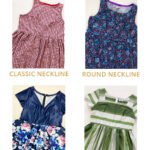
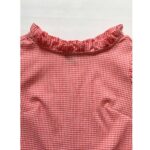

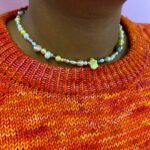

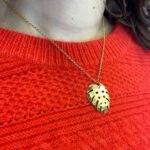

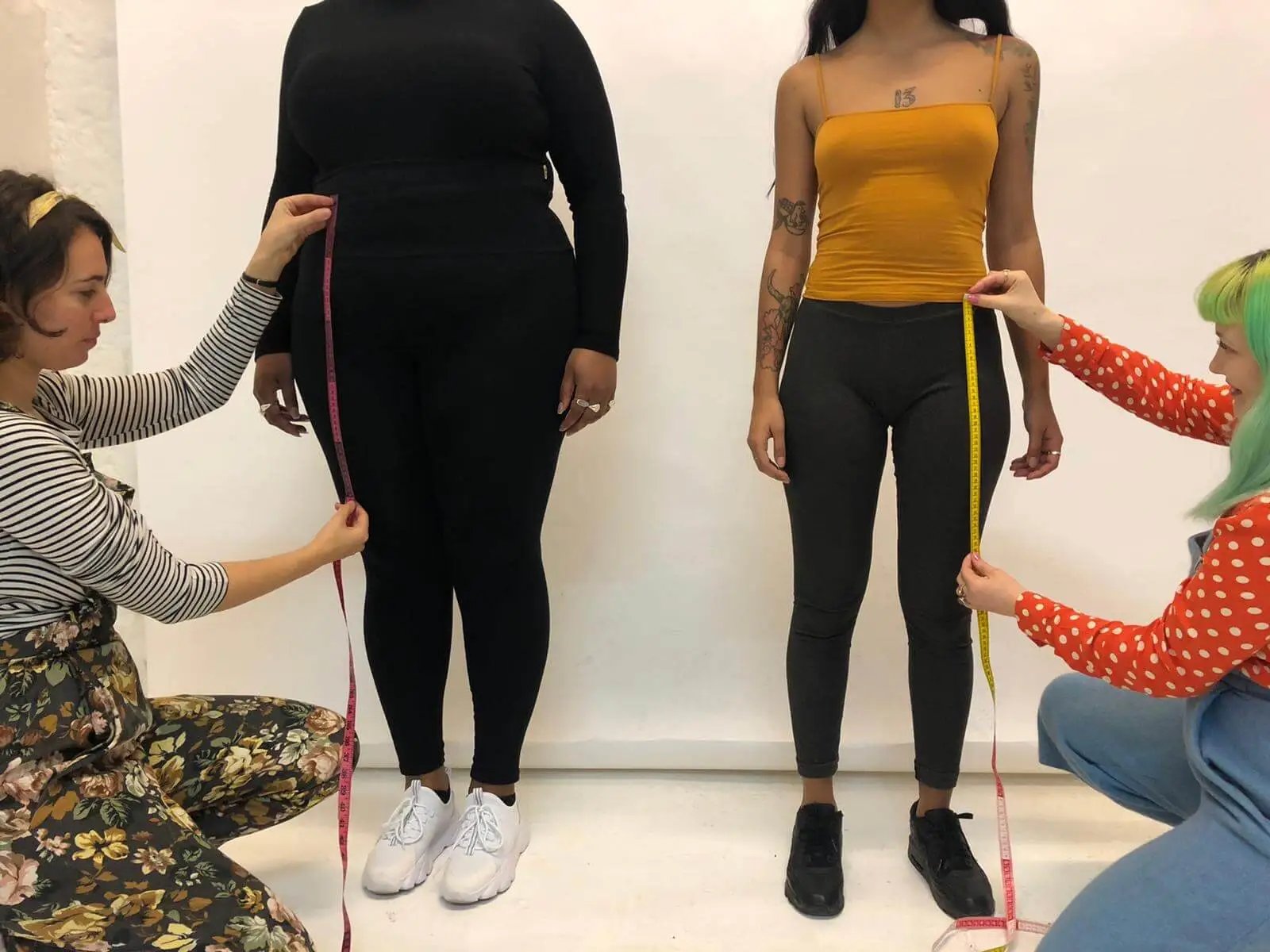


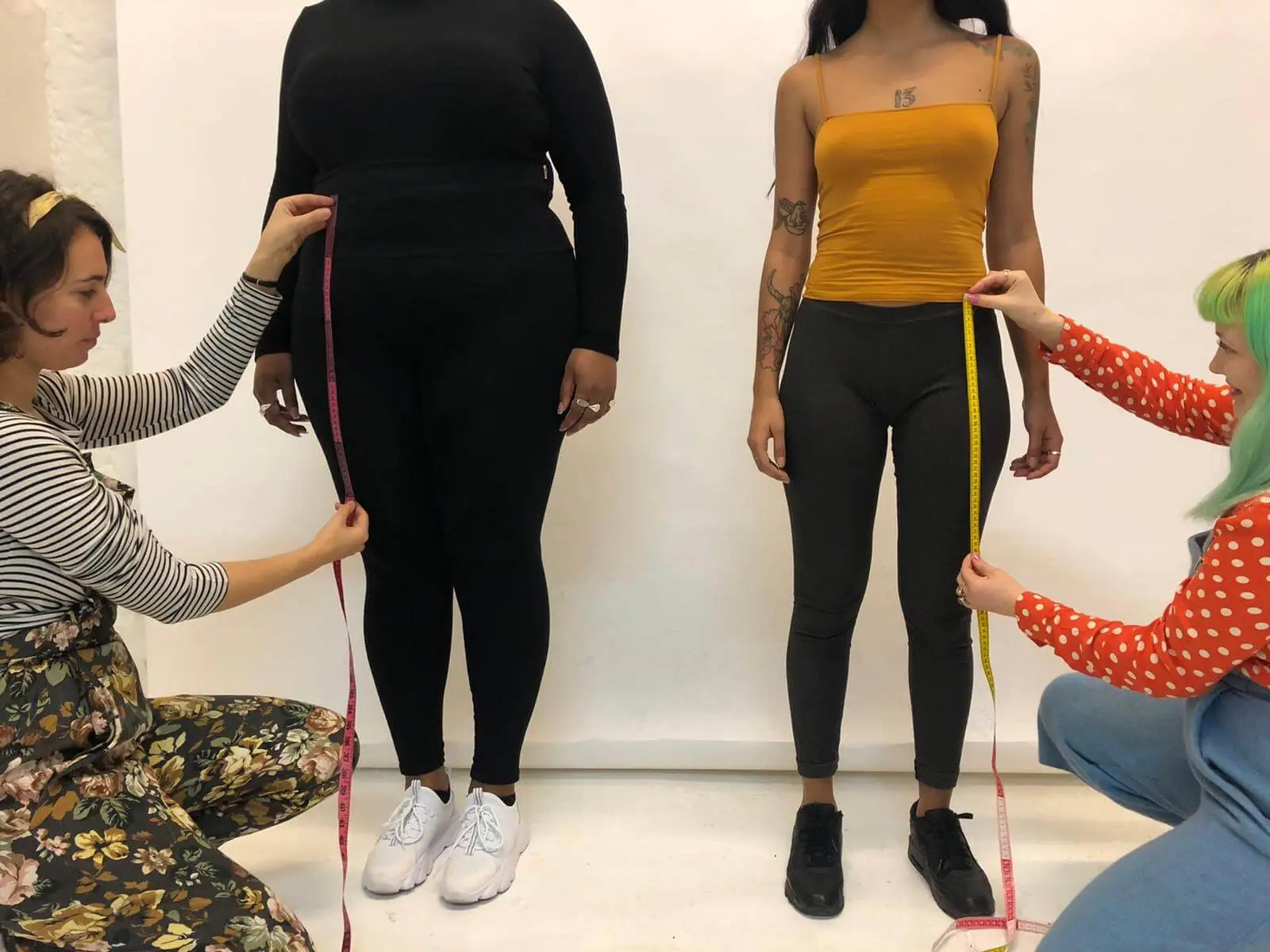
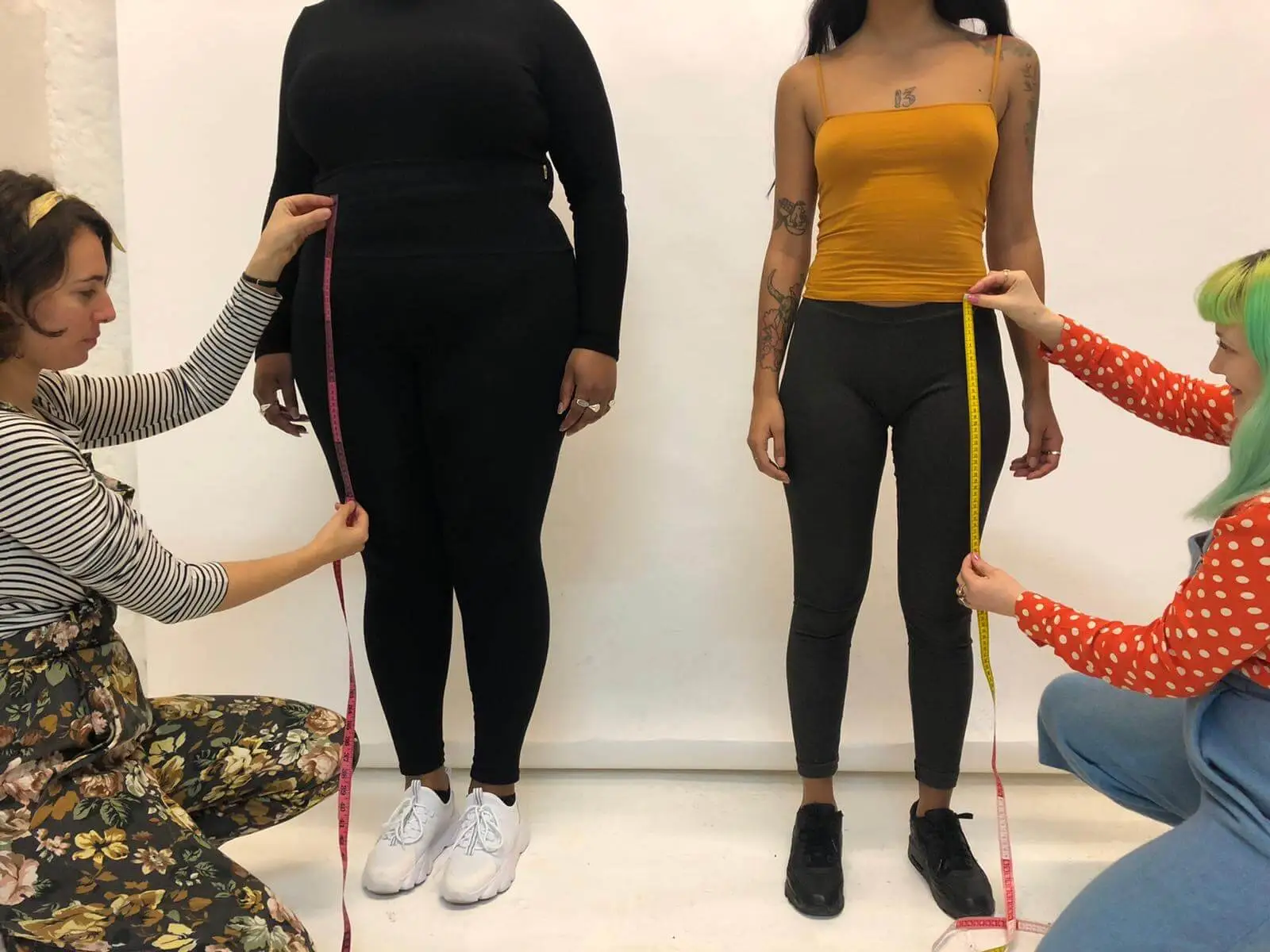


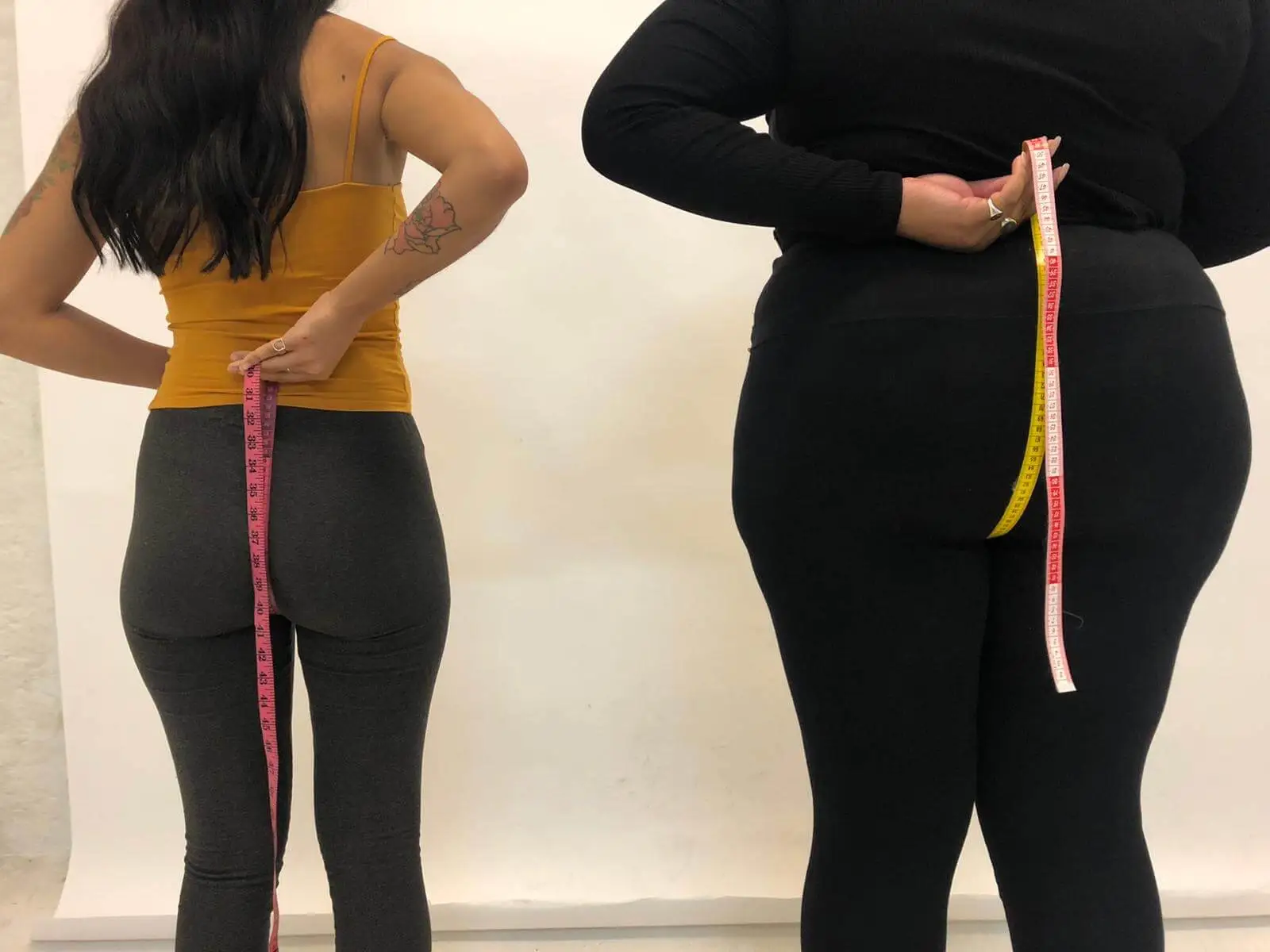


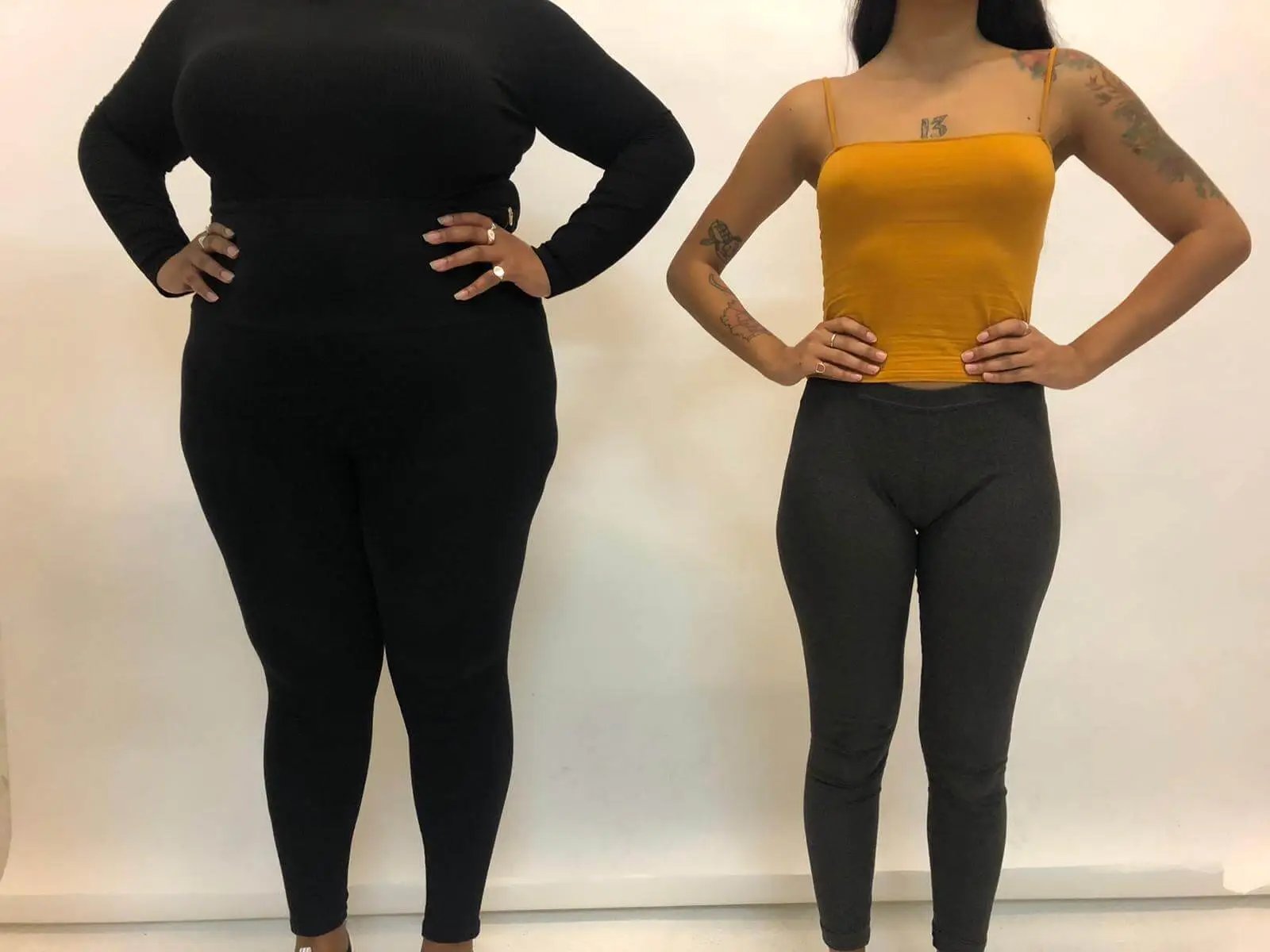
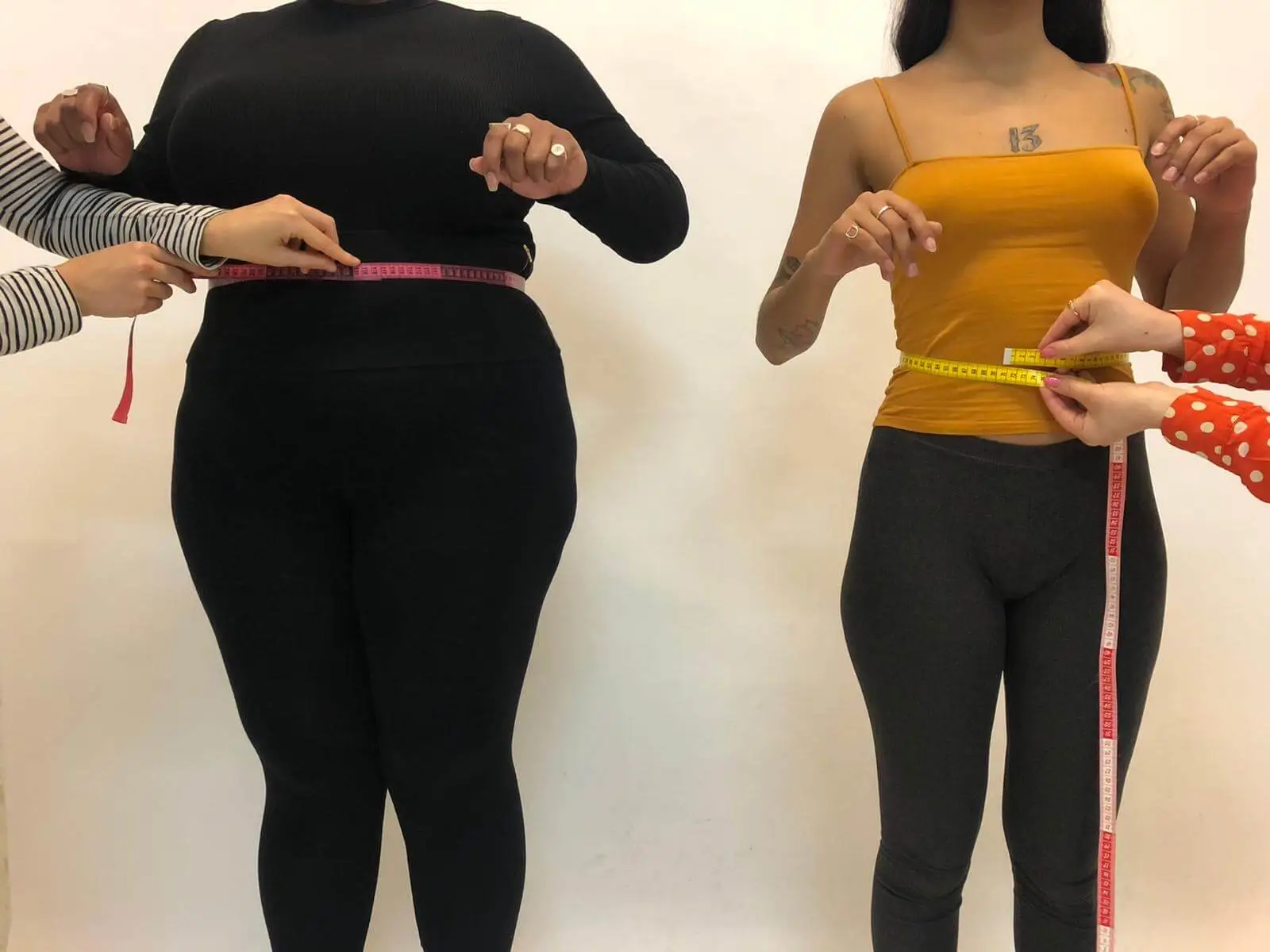
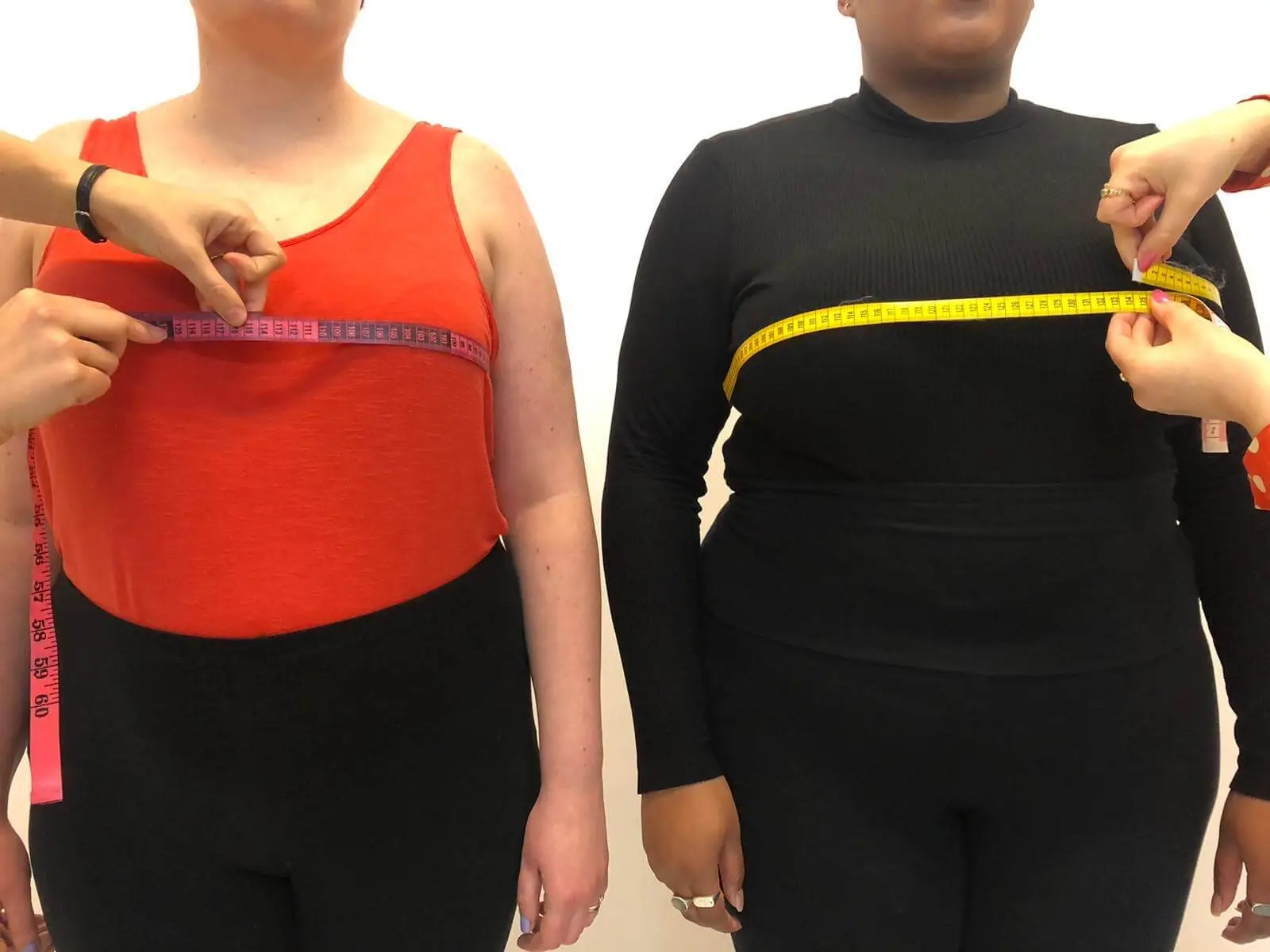


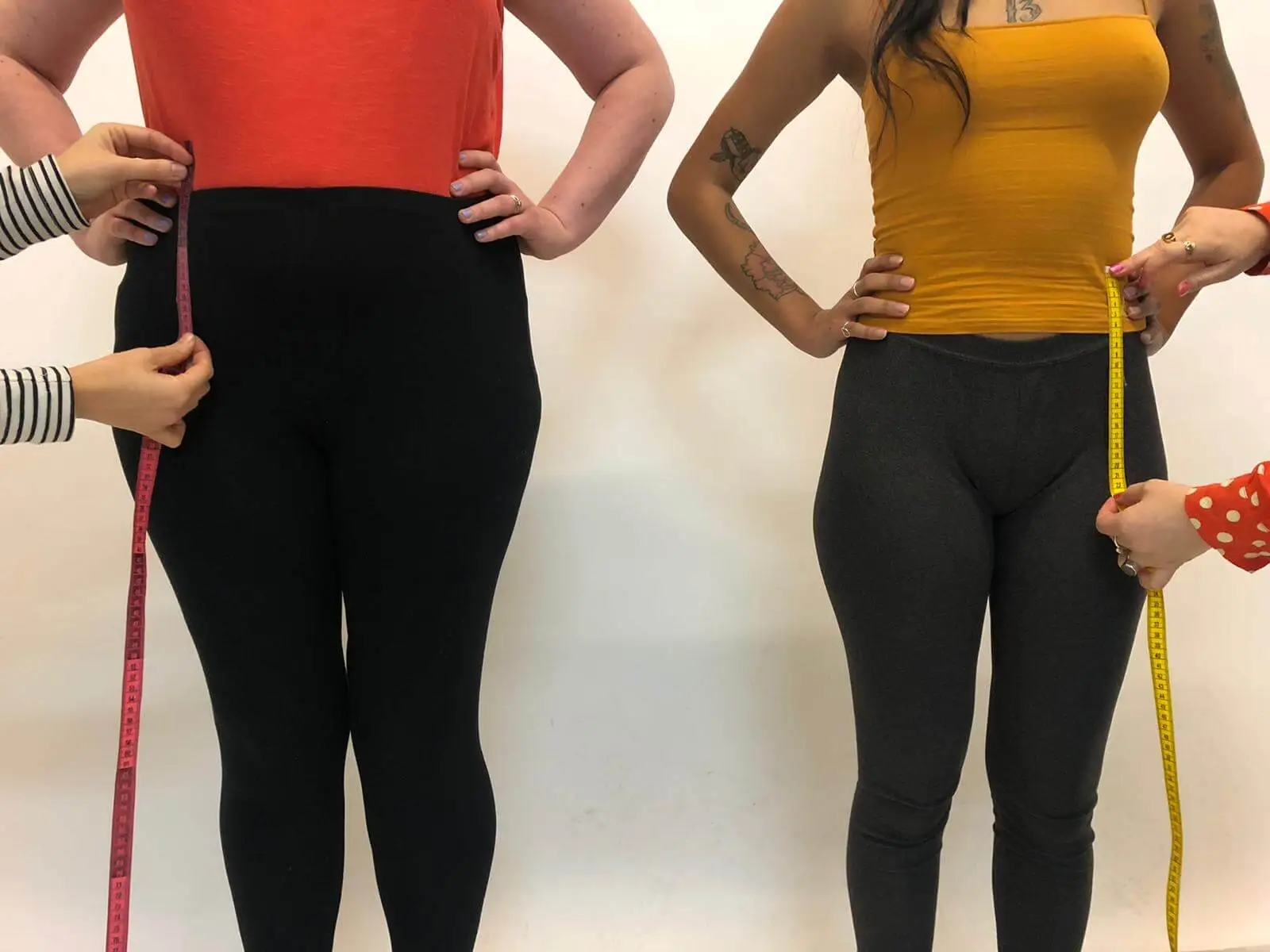
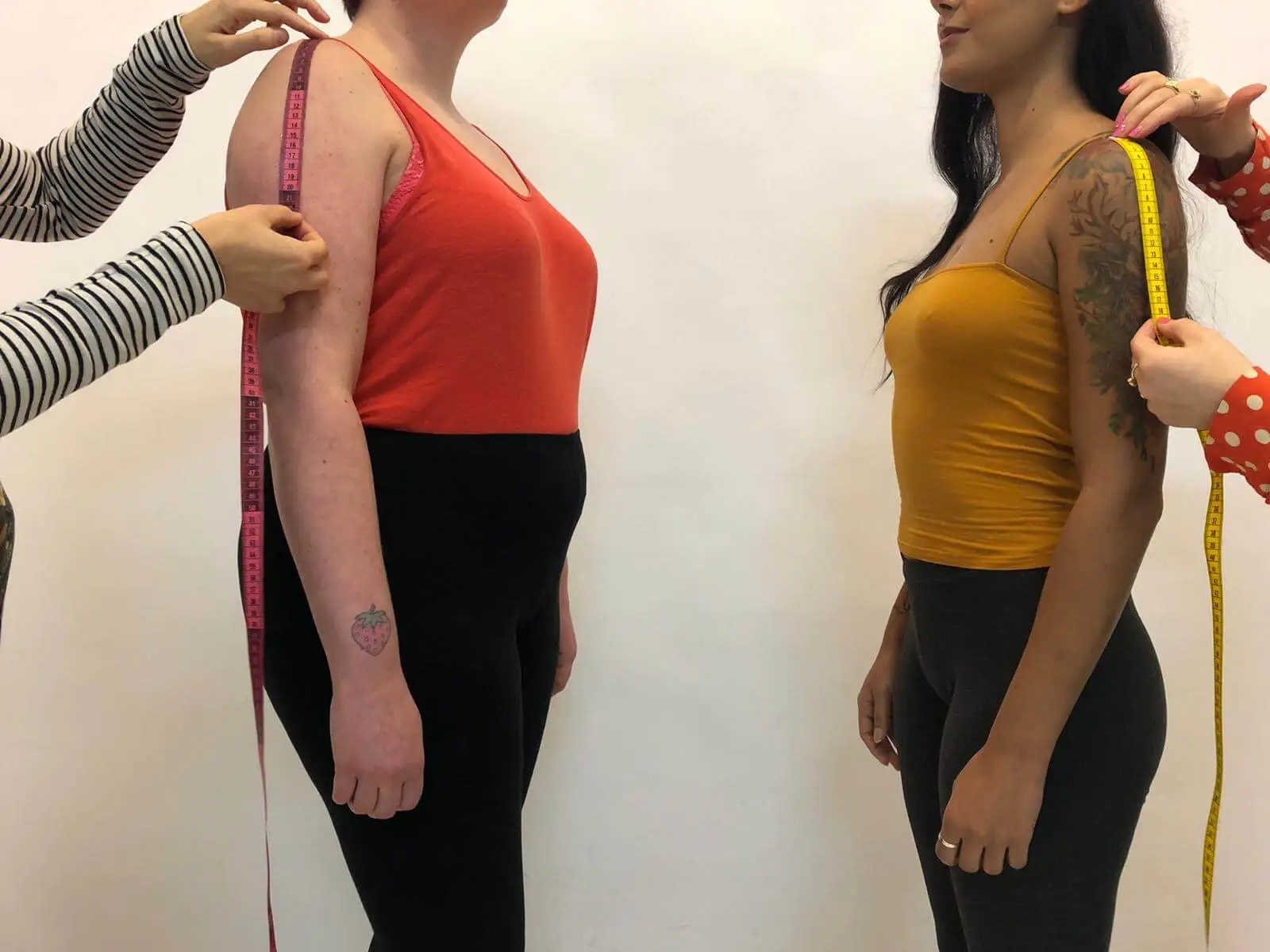
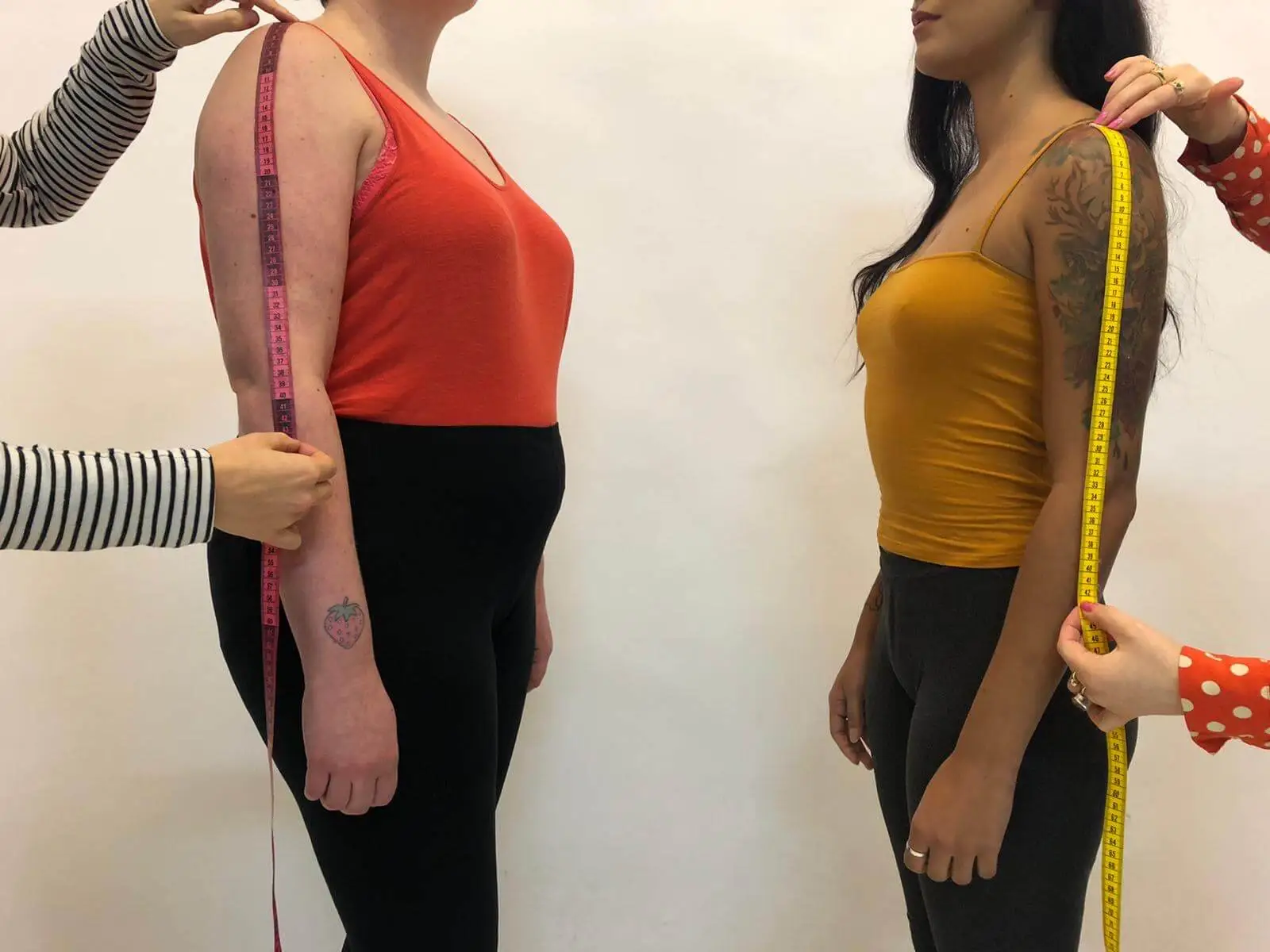

I found this blog massively informative, thank you! I’m also feeling pleased that I am doing a lot of these things too, making my own clothes, only buying beautiful clothes that bring me joy (Marie Kondo is having a big influence on me too!) Avoiding single use plastic is my big intention for this year too (hello soap bars it’s been a while! )